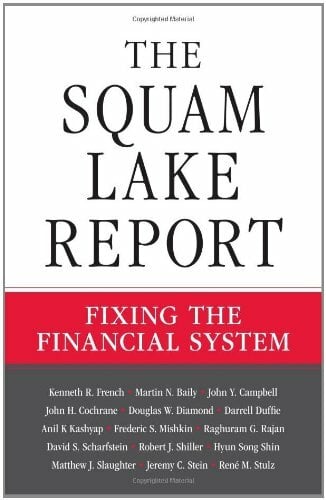
Counterparty Credit Risk: The New Challenge for Global Financial Markets
Kurzinformation
inkl. MwSt. Versandinformationen
Artikel zZt. nicht lieferbar
Artikel zZt. nicht lieferbar

Beschreibung
The first decade of the 21st Century has been disastrous for financial institutions, derivatives and risk management. Counterparty credit risk has become the key element of financial risk management, highlighted by the bankruptcy of the investment bank Lehman Brothers and failure of other high profile institutions such as Bear Sterns, AIG, Fannie Mae and Freddie Mac. The sudden realisation of extensive counterparty risks has severely compromised the health of global financial markets. Counterparty risk is now a key problem for all financial institutions. This book explains the emergence of counterparty risk during the recent credit crisis. The quantification of firm-wide credit exposure for trading desks and businesses is discussed alongside risk mitigation methods such as netting and collateral management (margining). Banks and other financial institutions have been recently developing their capabilities for pricing counterparty risk and these elements are considered in detail via a characterisation of credit value adjustment (CVA). The implications of an institution valuing their own default via debt value adjustment (DVA) are also considered at length. Hedging aspects, together with the associated instruments such as credit defaults swaps (CDSs) and contingent CDS (CCDS) are described in full. A key feature of the credit crisis has been the realisation of wrong-way risks illustrated by the failure of monoline insurance companies. Wrong-way counterparty risks are addressed in detail in relation to interest rate, foreign exchange, commodity and, in particular, credit derivative products. Portfolio counterparty risk is covered, together with the regulatory aspects as defined by the Basel II capital requirements. The management of counterparty risk within an institution is also discussed in detail. Finally, the design and benefits of central clearing, a recent development to attempt to control the rapid growth of counterparty risk, is considered. This book is unique in being practically focused but also covering the more technical aspects. It is an invaluable complete reference guide for any market practitioner with any responsibility or interest within the area of counterparty credit risk. von Gregory, Jon
Produktdetails

So garantieren wir Dir zu jeder Zeit Premiumqualität.
Über den Autor
Dr Jon Gregory is a consultant specialising in the area of counterparty risk. He started his career at Salomon Brothers (now Citigroup). From 1997 to 2005, he worked for BNP Paribas, initially developing the framework for the pricing and management of counterparty risk for the fixed income division and later being part of the rapid growth of the credit derivatives business. From 2005 to 2008, he was Global Head of Credit Analytics at Barclays Capital based in London. He has published many papers in the area of credit risk, recently looking at some of the complex counterparty risk issues in relation to the credit crisis. In 2001, he was co-author of the book Credit: The Complete Guide to Pricing, Hedging and Risk Management, short-listed for the Kulp-Wright Book Award for the most significant text in the field of risk management and insurance. Jon holds a PhD from Cambridge University.

- Hardcover
- 496 Seiten
- Erschienen 2018
- Wiley

- Hardcover
- 224 Seiten
- Erschienen 2017
- John Wiley & Sons Inc

- hardcover
- 592 Seiten
- Erschienen 2002
- Wiley

- paperback
- 340 Seiten
- Erschienen 2023
- Springer Gabler

- Hardcover
- 268 Seiten
- Erschienen 2001
- Jai Press Inc.

- Gebunden
- 560 Seiten
- Erschienen 2016
- Humanix Books

- Gebunden
- 4881 Seiten
- Erschienen 2023
- C.H.Beck

- Hardcover
- 320 Seiten
- Erschienen 2016
- Wiley

- paperback
- 208 Seiten
- Erschienen 2025
- FBV

- hardcover
- 296 Seiten
- Erschienen 2021
- Springer

- Gebunden
- 488 Seiten
- Erschienen 2015
- The MIT Press

































